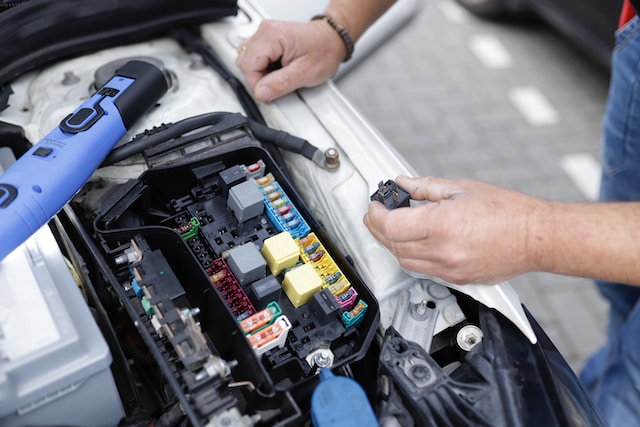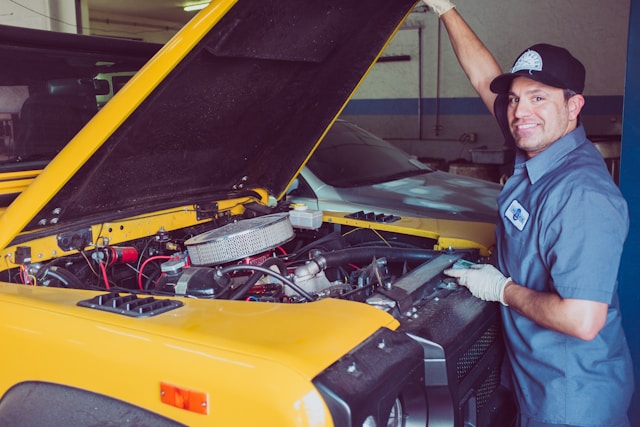Essential Auto Repair Services Every Vehicle Owner Should Know
Keeping up with the vehicle service schedules recommended in your owner’s manual and acting quickly on clues or hints that something may be wrong can save you money. Nipping problems in the bud can help prevent huge repair bills.
Look for a shop that provides a detailed written estimate before the work begins. Ask about any guarantees the shop offers, including time and mileage limitations.
Tires
Tires are the only part of your car that touches the road, and they’re essential to a safe and comfortable ride. Tires are designed to support a vehicle’s load, transmit traction and braking forces to the road surface and evacuate water and other road debris from the wheel’s contact patch. The main components of a tire are the carcass, tread and bead.
A tire with too little tread may not grip the road, resulting in a sudden loss of control and possibly a crash. The tread design incorporates raised “wear bars” that indicate when the tire is too worn to be safe and should be replaced.
In addition, drivers should check the air pressure of all tires monthly (including the spare) and before long trips to ensure proper inflation. This will help prevent excessive or uneven wear and improve gas mileage. In the event of a blowout or flat tire, having the skills to change your tire can save time and money.
Lights
Although less commonly viewed than a vehicle’s brakes or steering system, your car or truck’s lights are important for you and other drivers to maintain proper function. If your taillights, headlights or any other vehicle lighting fail, it is important to know how to repair them yourself rather than simply taking the car to an auto repair shop Apopka FL repair guide can provide all the information you need to perform a simple, cost-effective, safe replacement. You can save up to 50% on your replacement costs by doing the work yourself. Just remember to follow your vehicle’s specific light replacement instructions when reinstalling.
Fluids
Modern cars have a multitude of fluid reservoirs that help them run smoothly. Proactively checking them can save a car owner a lot of stress.
Engine oil is arguably the most important of these fluids. It reduces friction between moving parts and helps protect them from heat damage. Engine oil changes are typically scheduled according to the vehicle’s owner’s manual. The best way to check your engine oil is with a dipstick. A black stick indicates that the fluid needs to be changed, while a light caramel color means that it’s still good.
Coolant is another crucial fluid that regulates and releases engine heat while protecting the moving components from freezing and corrosion. The cooling system can be checked by looking at the overflow reservoir under the hood, usually a clear container with minimum and maximum lines.
Brake fluid is another essential fluid that ensures the brakes can decelerate or stop the vehicle safely. The power steering system relies on a steady supply of power steering fluid to function well, and low levels can cause the wheel to lock up when turning.
Tire Pressure
Properly inflating your tires can prevent overheating, poor handling and even tire damage. Adding air to under-inflated tires or releasing air from over-inflated ones is simple with an inexpensive tire pressure gauge and a compressor (these can be found at gas stations and are often available free of charge).
The first step is identifying your manufacturer’s recommended tire pressure. This is often written on a sticker on the driver’s door jamb or listed in your vehicle’s owner’s manual.
It is important to note that the tire pressure indicated on the sidewall is usually the maximum air pressure, not the optimum pressure for your vehicle. To get an accurate reading, you need to check your tires when they are cold, not after they have been driven on or sat in the sun for several hours. To do this, remove the valve caps from each tire and use a gauge to press against the valve stem until it hisses and provides a reading, then write down the results for each tire.









